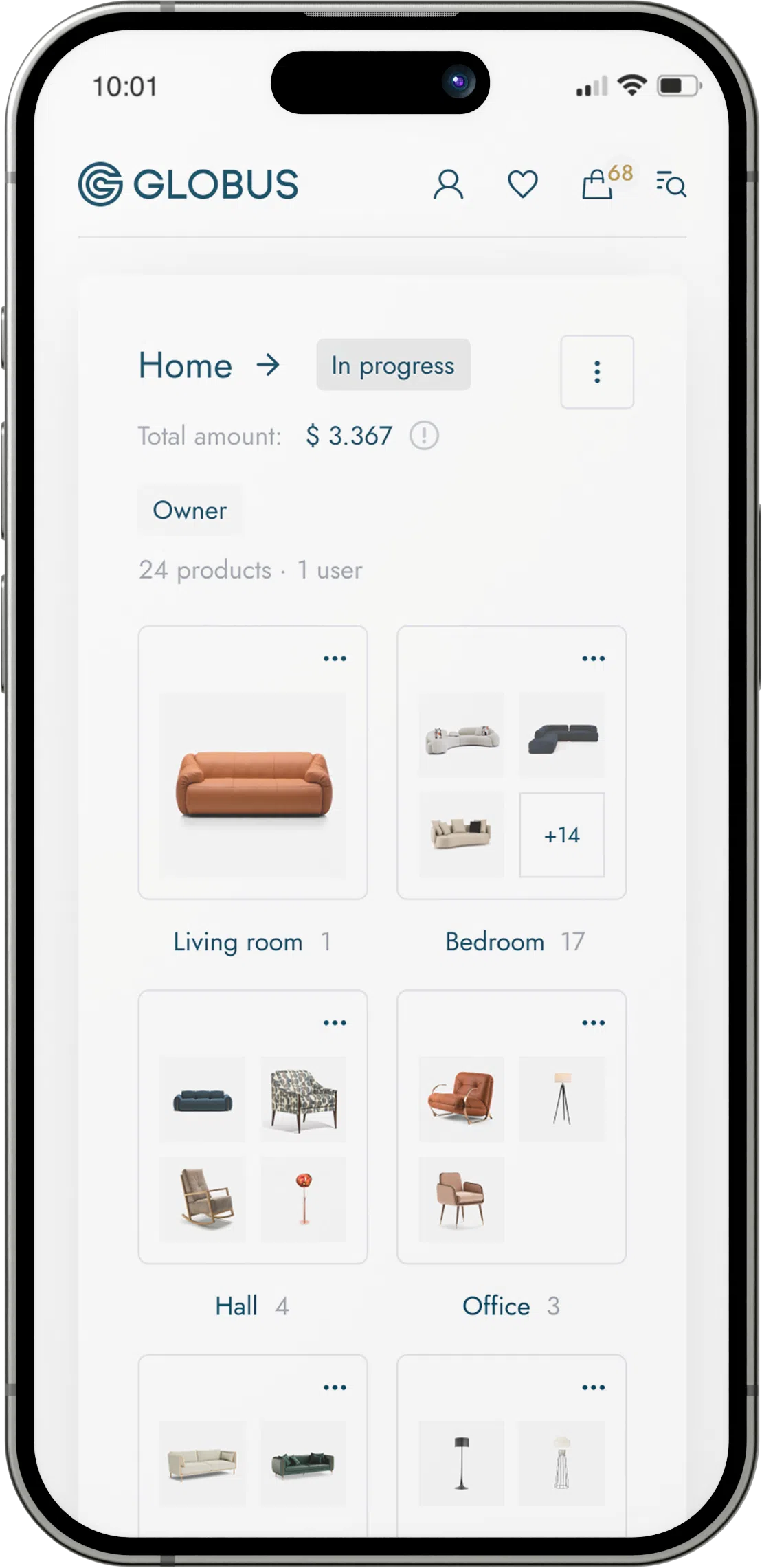Waxed leather, commonly referred to as pull-up leather or oil-waxed leather, is a type of leather that has been treated with oils, waxes, and sometimes dyes. The application of these substances during the tanning process gives the leather a distinctive character. Here's a detailed breakdown of characteristics, production, uses, and care instructions for waxed leather:
Characteristics:
Distressed Look: Waxed leather typically displays a naturally aged or distressed appearance. When the leather is folded or bent, the oils and waxes separate, causing the color to lighten in the stretched areas. This effect is reversible; a gentle rub can redistribute the oils and restore the original color.
Durability: The wax and oil treatment not only give it an aesthetic appeal but also enhance durability. Waxed leather is generally more resistant to water and stains compared to untreated leather.
Softness and Flexibility: Due to the presence of oils, waxed leather is usually softer and more flexible than other types of leather. It breaks in well and often becomes more comfortable and personalized over time.
Unique Patina: Over time, waxed leather develops a patina, a sheen on the surface that comes from age and use. This patina contributes to the leather's vintage appeal and is highly sought after by leather aficionados.



